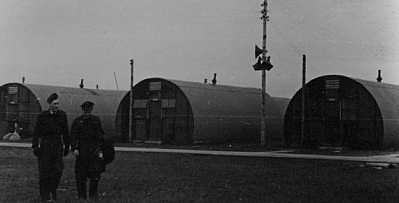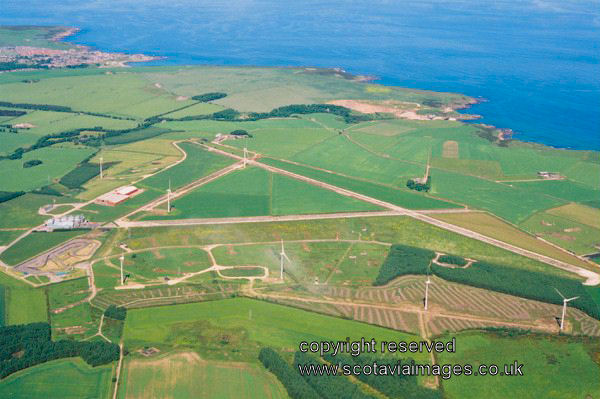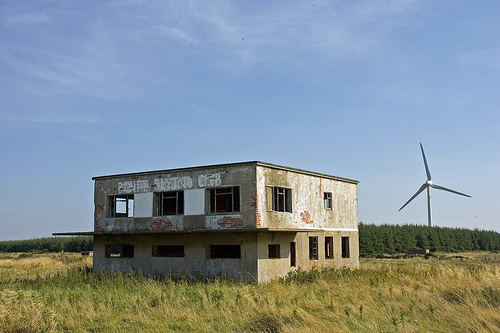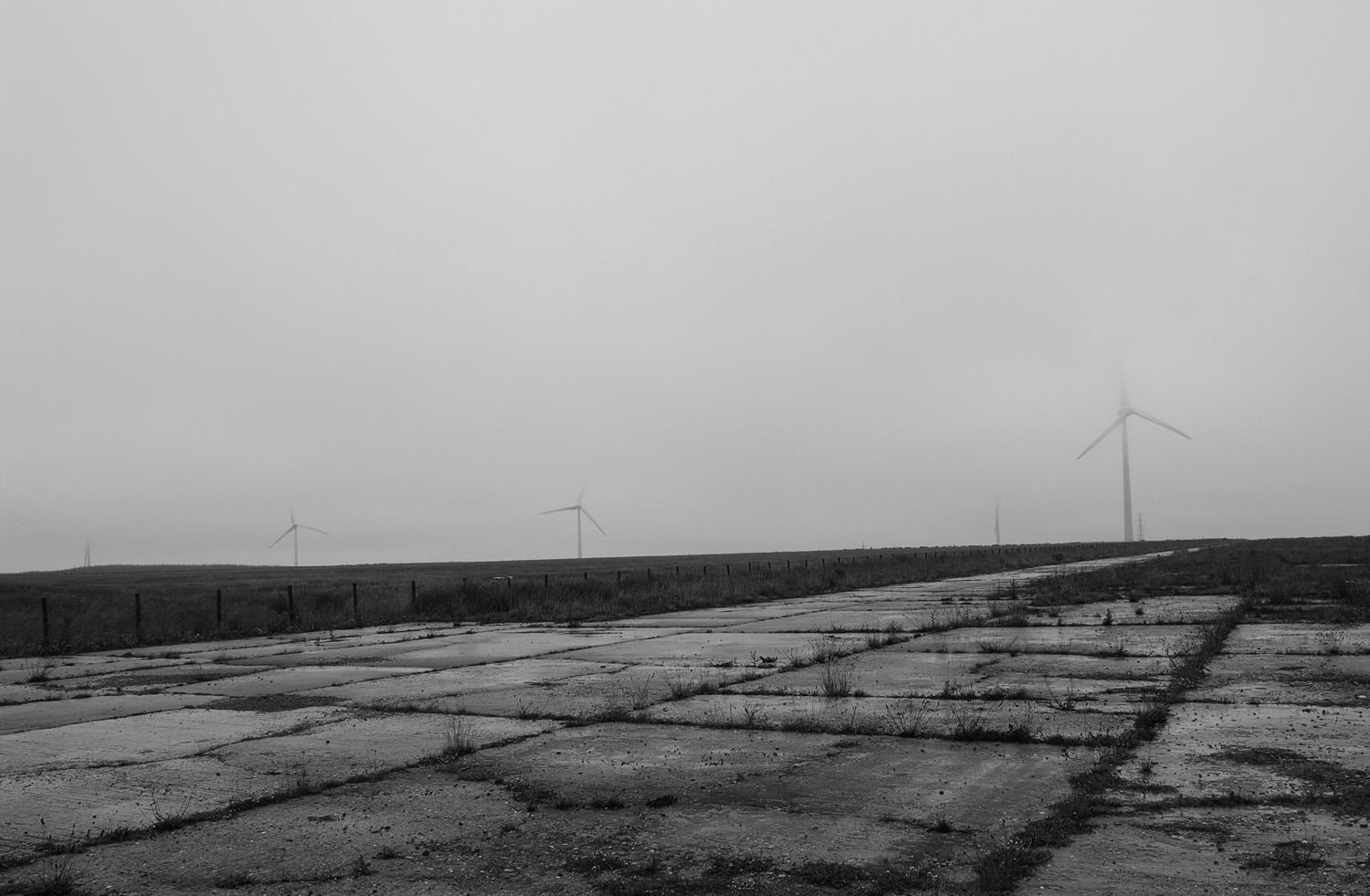

|
|
Introduction
Much has
been written about air warfare during the 20th century, from the early
skirmishes during WW1, the advance of fighter and bomber strength in WW2,
jet advances seen adopted as strategic strength in Korea, Vietnam and the
Cold War, through to air warfare as a total dominant force in more recent
campaigns from the Falklands conflict up to more recent conflicts in such
places as Afghanistan and Iraq.
Air dominance, and indeed air travel, is a service we take for granted in
the 21st century; during WW2 such dominance was not the case. The stories of
the RAF during the Battle of Britain, the 8th American Air force campaign
against Germany and the Luftwaffe defence, Japan and Allied combat in the
far East together with many more, all conflicts of bravery and sacrifice.
During the last years of WW2, whilst the well documented battles were being
raged above the skies of Germany and Japan, a small but still important war
was taking place; Coastal Command Banff Wing strikes against German shipping
/ Luftwaffe / U boats in Norway & North Sea area.
The Norwegian Campaign, lasting from 9 April to 10 June 1940, led to the
first direct land confrontation between the military forces of the Allies -
United Kingdom and France - against Nazi Germany in World War II.
The primary reason for Germany seeking the occupation of Norway was
Germany's dependence on Swedish iron ore shipped from the Norwegian port of
Narvik. By securing access to Norwegian ports, Germany could obtain the iron
ore supply it needed for war production in spite of the British naval
blockade of Germany. Additionally, it allowed both the German and Allied
forces to confront each other without large-scale trench warfare which both
sides dreaded. Of particular importance as the Battle of the Atlantic
escalated were Norwegian airbases, allowing German reconnaissance aircraft to
operate far out over the North Atlantic, without having to fly over, or near
to, Britain.
Norway was also rich in other natural and manufactured resources, such as
nickel and aluminium, all vital to the German war machine.
Action against this potentially war-winning supply line was given to RAF
Coastal Command and from 1940 to 1943 air attacks against German shipping
were carried out, but with limited success.
However, the disruption of these supply lines were deemed vital to the
Allied war effort, and with a consolidation of tactics and the incorporation
of the Bristol Beaufighter & De Havilland Mosquito
into "ops", the battle continued with renewed success at the end of 1943. A
bespoke aerodrome at Boyndie near Banff, Scotland, commenced construction in
1942 from which more concentrated attacks against the enemy could take
place, and would be continued until the very end of the war in Europe in May
1945.
This vital but largely unknown part of the war against Germany only came to
my attention whilst researching my grandfather, Squadron Leader Robbie Reid,
who lost his life in the cold depths of a Norwegian Fjord on the 23rd March
1945,and is dedicated to his memory and the memories that still live on in
Norway.
It is also dedicated to the memory of other air crew who would think nothing
of flying a powerful fully laden twin engine Beaufighter or Mosquito for 500
miles at wave height over the North Sea, salt crusting on the windshield,
before lifting and diving onto shipping, into a barrage of heavy flak.
It also serves as a forum for anyone who has a story to tell or pictures to
show of the Banff wing strikes 1943 - 1945.
Profiles of Banff Wing pilots
are included (only 2 at present, any others welcome - please contact us)
plus a "diary" extract of their operations with the Banff Wing and other
photos.
The site of
the former aerodrome is currently home to a large turbine wind far and
together with activities such as go-karting, have ensured the site remains
undeveloped. Much evidence of its wartime past remains including the
control tower surviving relatively intact.





^ Top of page ^ |

